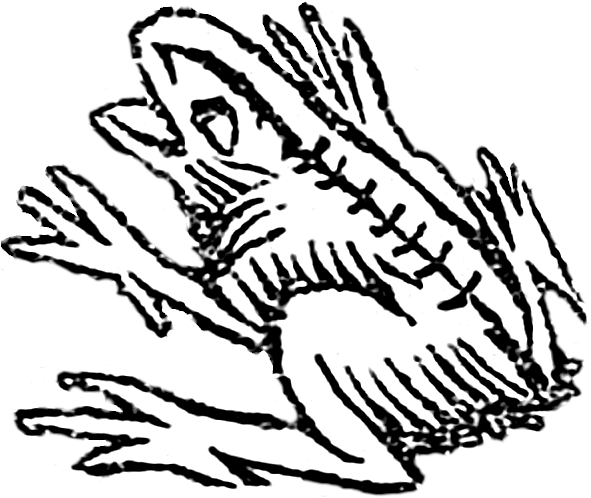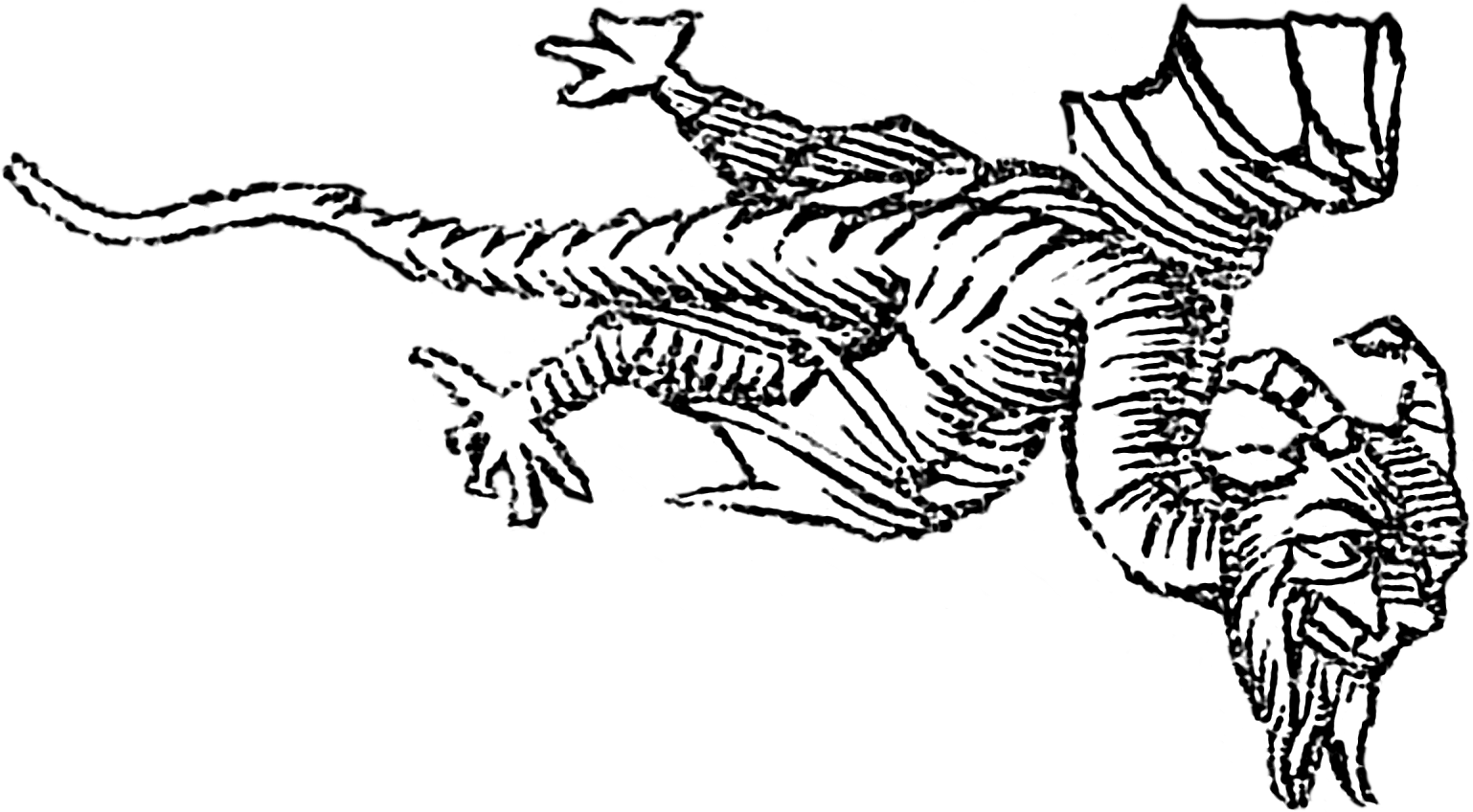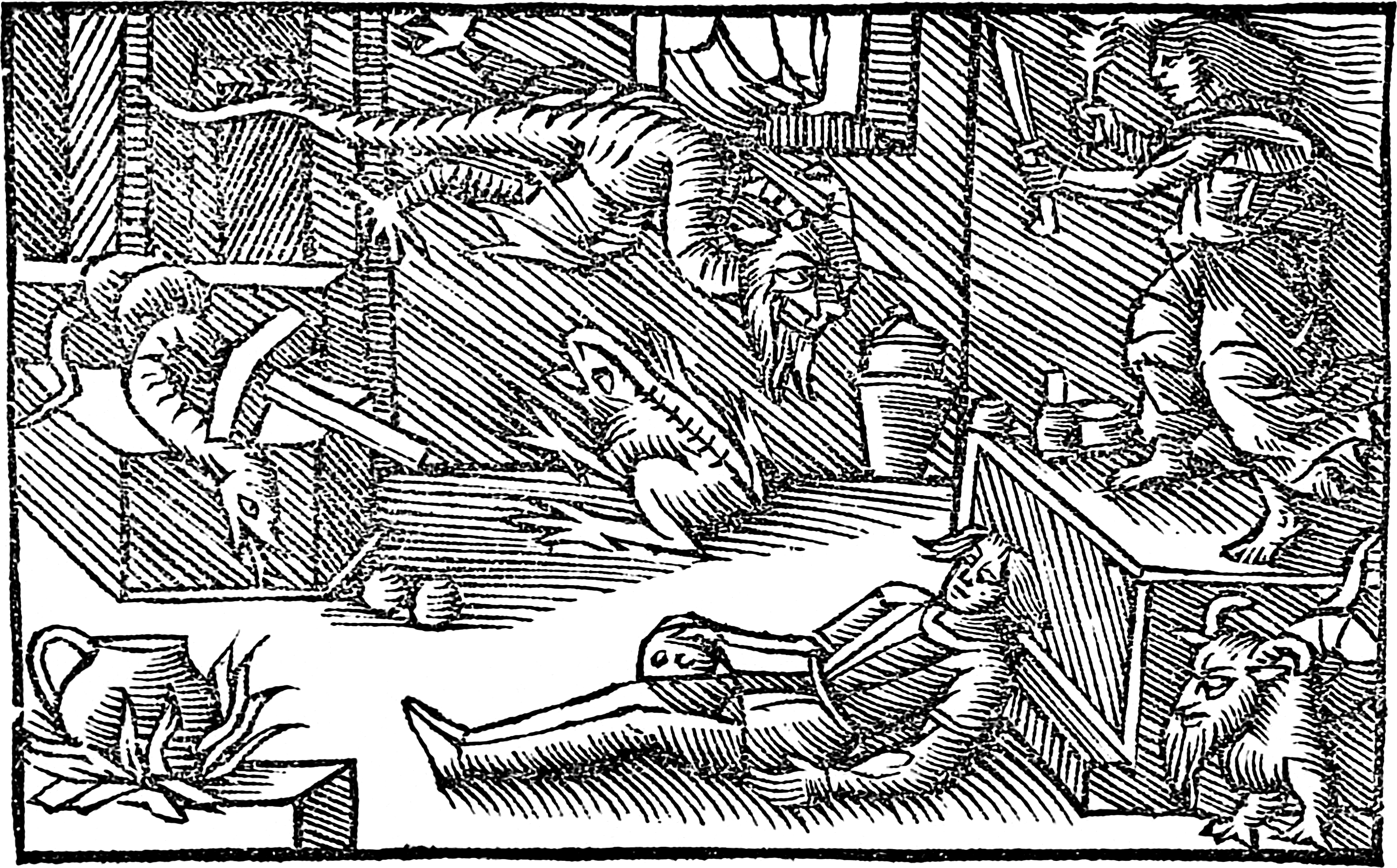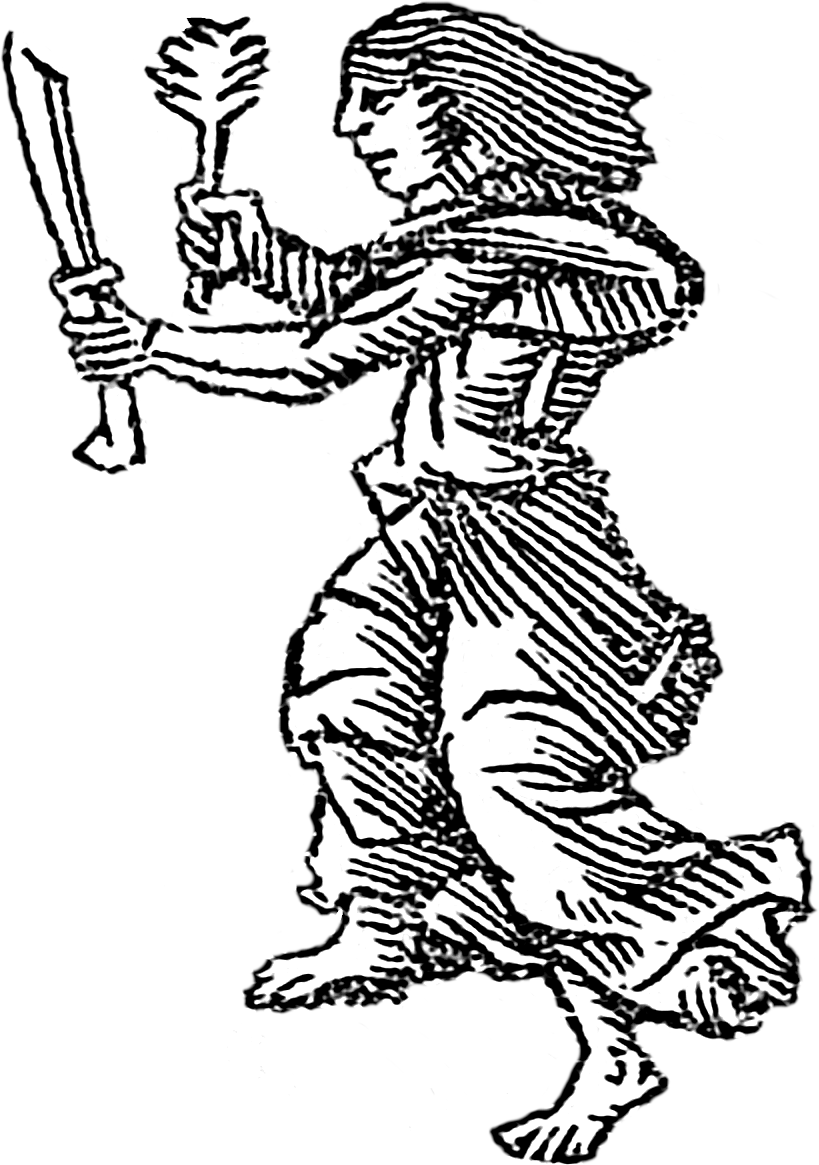A description of a Sámi ritual presumably using a drum, published by Olaus Magnus in 1555
The Swedish clergyman Olof Månsson (1490–1557), better known under the questionable and self-aggrandising latinisation Olaus Magnus, remained loyal to the Catholic church and left the country when Lutheranism was made the state religion in Sweden. He spent his exile in Italy alongside his brother Johannes, who until the reformation had been Archbishop of Uppsala and Primate of Sweden, and was upon the latter’s death in 1544 awarded the same title in name only by the Pope. Both brothers published historical, geographical and ethnographical works about Sweden and its vicinity. Olaus’ magnum opus was Historia de Gentibus Septentrionalibus (History of the Northern Peoples), printed in Rome in 1555.
The third book in this work is titled de svperstitiosa cvltvra dæmonvm popvlorvm Aquilonarium (the superstitious worship of demons among the people of the north). Most chapters in this book concern beliefs and practices of the recent or distant past, but also covers the current state among the Sámis. These are mainly covered in the sixteenth and seventeenth chapters, respectively titled De Magis, & maleficis Finnorum (the magicians and sorcerers of the Sámi) and De magicis inſtrumentis Bothniæ (the magical instruments of the Bothnic region). The latter contains an account of a ritual, which despite not mentioning any drum clearly describes a drum ceremony similar to other early accounts. Schefferus comments on this obvious mistake in his Lapponia in 1673, as does Holger Jacobsen in the revised version of his Muséum Regium from 1710.
Each chapter of this work is accompanied by a woodcut illustration, and as the text frequently references these, they must be regarded as integral to the work and with a source value similar to the text. The illustration for chapter seventeen fortunately depicts the ceremony in question, and it is thus significant that the noaidi is there shown with a rounded object is his hand, which despite its smallish size is not entirely unlike a bowl drum.
The description
Scire cupientes ſtatum amicorum, aut inimicorum, longinquo terrarum ſpatio quingentorum, vel mille milliarum inde diſtantium, Lapponem ſeu Finnonem huius rei peritum dato munere, lineę ſcilicet veſtis aut arcus, rogant experientiam fieri, vbinam fuerint, & quid agant amici, vel inimici. Quocirca conclaue ingreditur vno comite, vxoreque contentus, ranam æneam, aut ſerpentem malleo ſuper incudem præſcriptis ictibus concutit, carminumque murmure hinc inde reuoluit, continuoque cadens in extaſim rapitur: iacetque breui ſpatio velut mortuus. Interà diligentiſsimè à prędicto comite, ne quoduis viuens, culex, aut musca, vel aliud animal eum contingat, cuſtoditur. Carminum nanque potentia ſpiritus eius malo dæmone ductore à longinquis ſigna (annulum, vel cultellum) in teſtimonium expeditæ legationis, ſeu commiſsionis reportat. Illicoque reſurgens, eadem ſigna cum cæteris circunſtantijs conductori ſuo declarat.
Notes on the translation
I must admit that the Latin is in places impenetrable to me; especially the first half of the second to last sentence appears to me to be strung together with no clear grammatical relationship between the words. I have compared my reading with the Swedish translation made by a comittee of scholars in 1909, but in the difficult places they have generally provided a looser translation than what I attempt. Still, there is hardly room for a substantial difference in meaning. The noaidi is introduced by a phrase literally translated as “a Lapp, or rather a Finn”, showing that the former term had started to replace the latter by this time, but that no semantic distinction was intended. I translate it simply as “a Sámi”.
Desiring to know the state of friends or foes in distant places, five hundred or a thousand miles away, one must give a Sámi skilled in this business a gift of linen, that is clothes, or a bow, asking a trial to be made, where in the world their friends or foes are, and what they are doing. For this purpose he enters a chamber, content with a single attendant (also his wife). He makes a brass frog or a snake vibrate by prescribed strokes with a hammer on an anvil; and with mumbled incantations he rolls it hither and thither; forthwith falling, being taken into trance, and lies a short while like dead. Meanwhile, he is watched over most carefully by the attendant, according to the command that not any living being, a gnat or a fly or other animal, may touch him. By the strength of the incantations, his spirit on the other hand, led by an evil demon, brings back a remote token (a ring or a small knife) in evidence of the efficiacy of his errand or commission. And immediately rising up again, he reveals the same token together with the other circumstances to his employer.
Comments on the content
Due to its early publication and wide dissemination, this account has doubtlessly influenced many later ones. The core description of the ritual differs in major ways from both the earlier account in Historia Norwegiæ and various later accounts, while it also shares several details with the same. This means that it in all probability derives from an authentic account, although the part regarding the drum itself and its paraphernalia is clearly fundamentally misunderstood and distorted. By comparing what remains with other sources, it is possible to reconstruct part of what must have been the original contents. However, it is not easy to determine at which point the corruption occurred.
While other accounts specify that the ceremony is performed in public, this one is stated to happen in seclusion. This raises the question of who the ultimate source of the account of what happens is, as the only participants are described from an unambiguous third person viewpoint. This discrepancy along with its departure from the common pattern casts some doubt on this particular detail.
There is also some ambiguity as to who exactly are present besides
the noaidi performing the ceremony. As far as I can tell, the Latin uno comite, uxoreque can be read both as one attendant,
which is also his wife
and one attendant, and additionally his
own wife
and possibly even one attendant, and also the
attendant’s wife
. The woodcut supports the first of these, at it
shows a single attendant which is most likely intended to be a female.
In the 1674 English translation of Schefferus’ Lapponia where the
passage is quoted, the second reading is assumed. I have attemped to
retain the abiguity by using a somewhat contorted phrasing.
Perhaps the single strongest indication that the ceremony described
here is indeed a drum ceremony is the mention of a brass frog or
snake
made to vibrate by prescribed strokes with a hammer
.
This can hardly refer to anything other than the brass pointer or
indicator described in the majority of other sources, that is placed
atop the drumskin and moves around in a jumping motion when the drumskin
vibrates from being beaten with the hammer.
It is unclear whether the text implies two separate indicators, a
frog
and a serpent
respectively, or a single indicator
which could be described by either apellation. Other sources vary
between descriving a singe indicator of various forms, or mentioning
different ones perhaps used for different purposes. The woodcut here
includes both, but in naturalistic form and such a huge size that it is
obvious that the artist had no idea what they were meant to
represent.
 |
 |
The hammer is said to be used to strike an anvil rather than a drum as would be expected, something that for some unspecified reason makes the brass creature or creatures vibrate. In the illustration no anvil is depicted, but the hammer is. It takes the form of a carpenter’s hammer, and not the antler or bone implement of reality; further it is embedded in the body of the snake just behind its head. Even if the raised platform on which the snake is placed could be interpreted as some form of anvil, the hammer is still shown having struck the serpent and not the platform directly.
The noaidi is shown recumbent on the floor, with his head leaning against the podium on which the attendant is standing. His right hand is resting on a rounded object somewhat larger than his head. This seems to have two circular holes at least a couple of inches in diameter. This shape combined with the importance implied from its placement makes it very tempting to interpret it as a smallish bowl drum.
The spirit of the noaidi and the “evil demon” leading it are shown as serpents with human heads with goats’ horns and beards. The former also has bat wings and raptor-like hind legs, while the latter is wingless and has short clawed forelegs as its sole appendages.
 |
 |
This detail most likely is the inspiration for the first illustration accompanying the account of Samuel Rheen from 1671. In that case, Rheen (or his illustrator) would also have had to realise that Olaus Magnus was referencing a drum ritual here.


